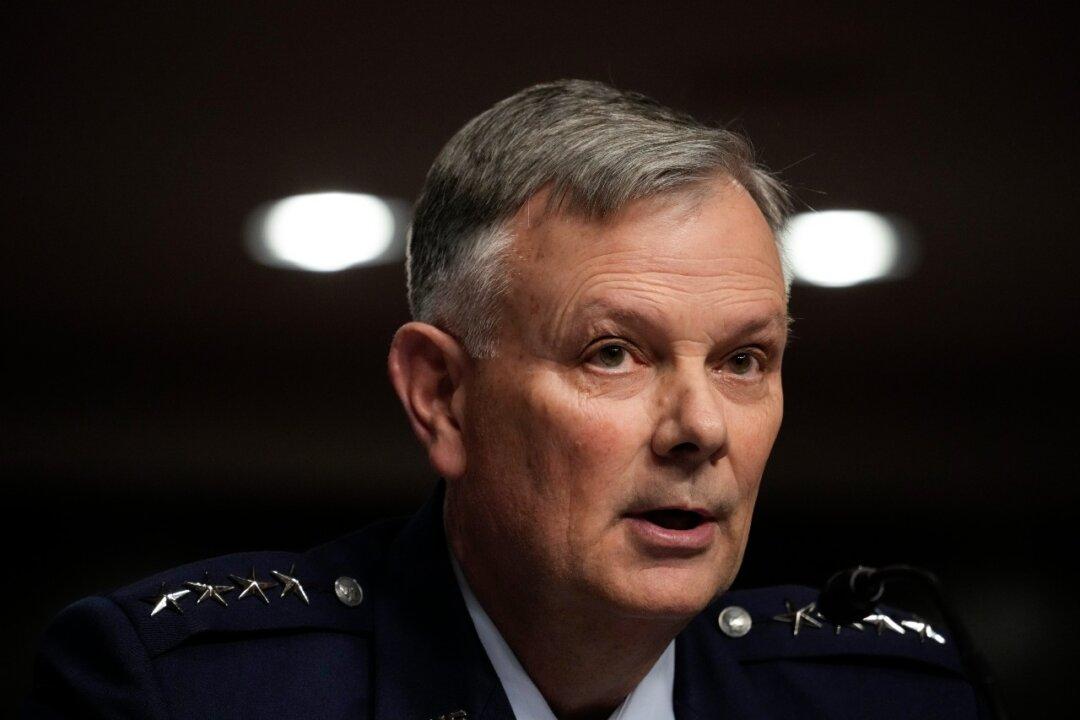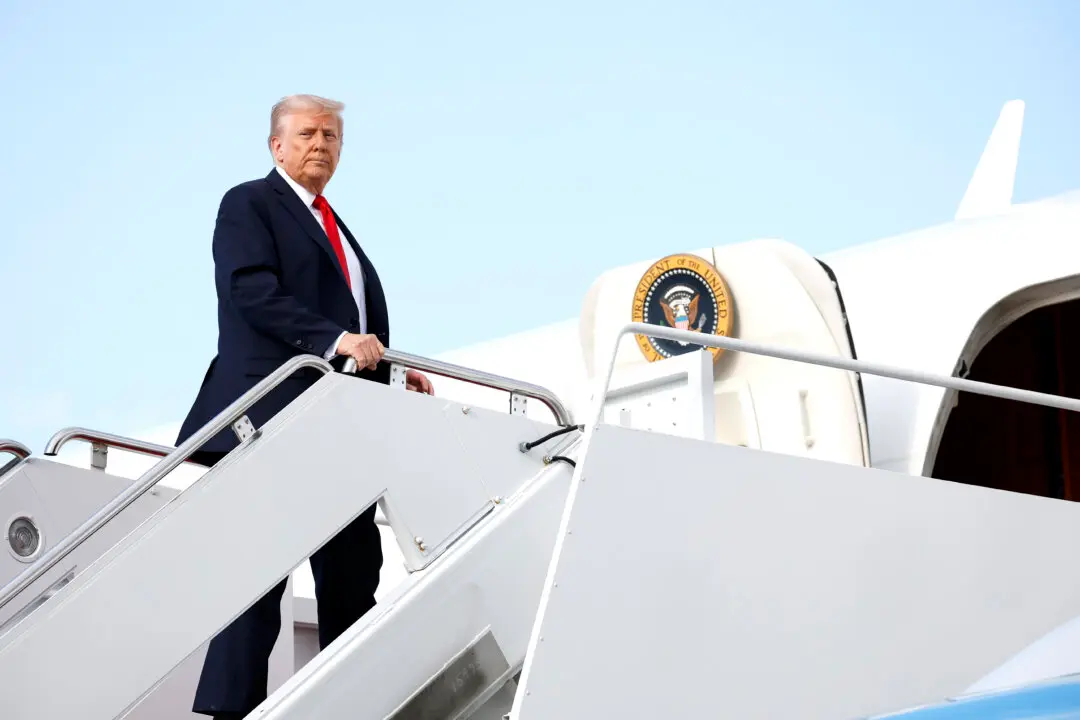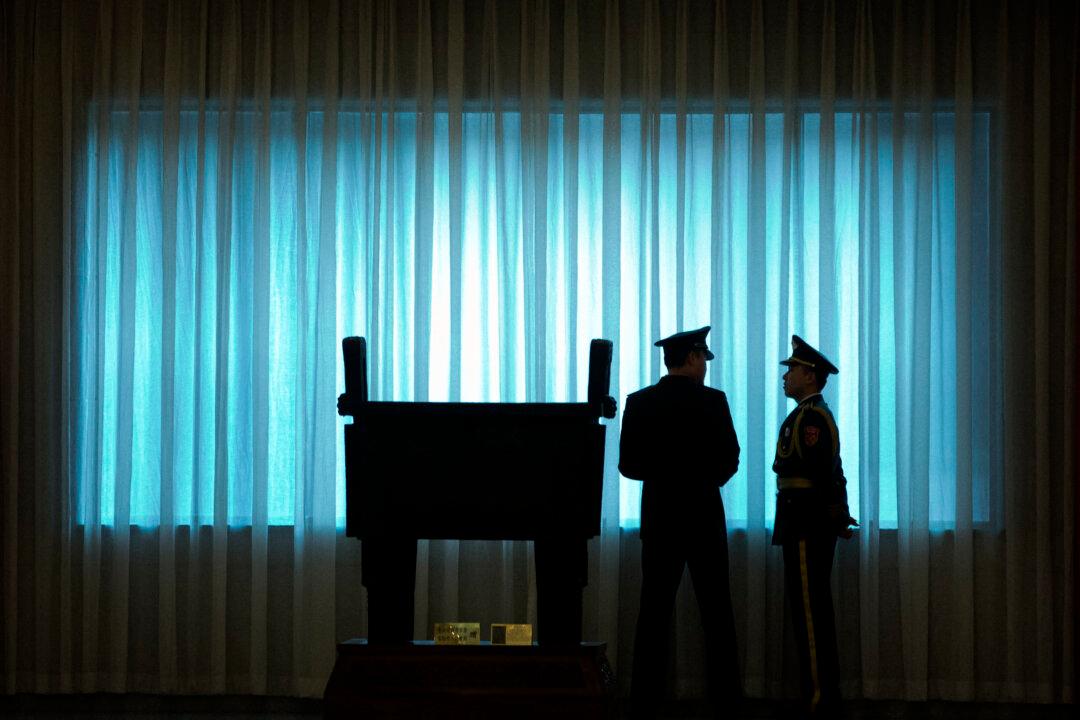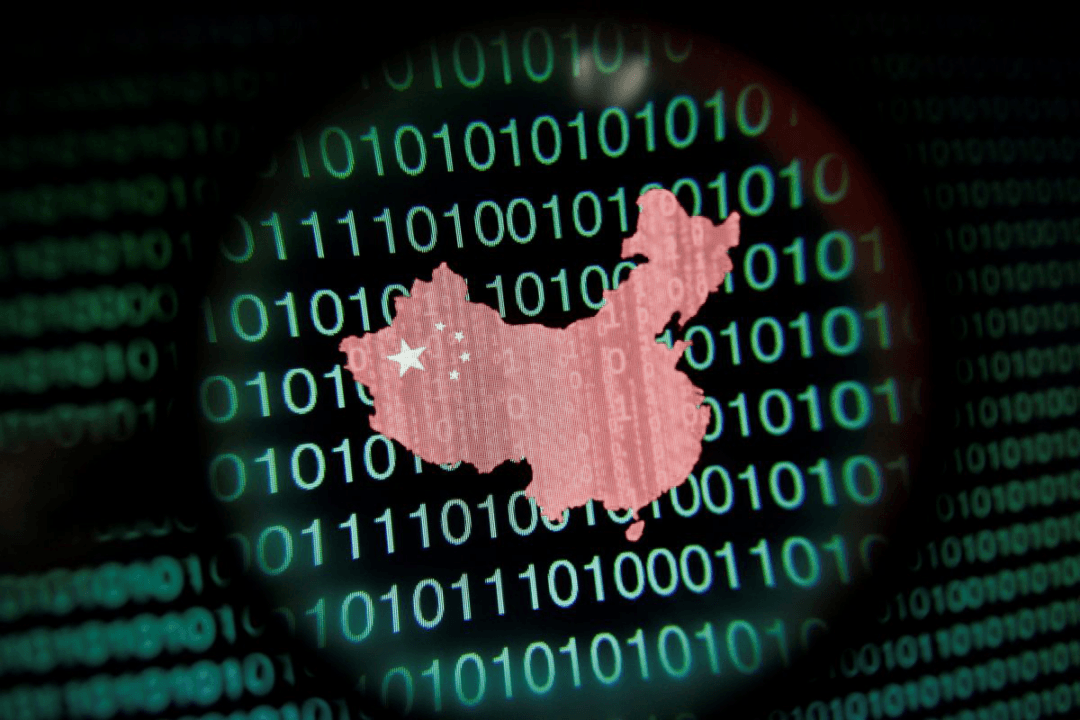A top U.S. general charged with monitoring the nation’s airspace said that the military didn’t detect previous incursions into U.S. airspace by Chinese spy balloons.
Air Force Gen. Glen VanHerck, who serves as commander of North American Aerospace Defense Command (NORAD), said that Chinese spy balloons previously went undetected on at least three occasions during the Trump administration.





